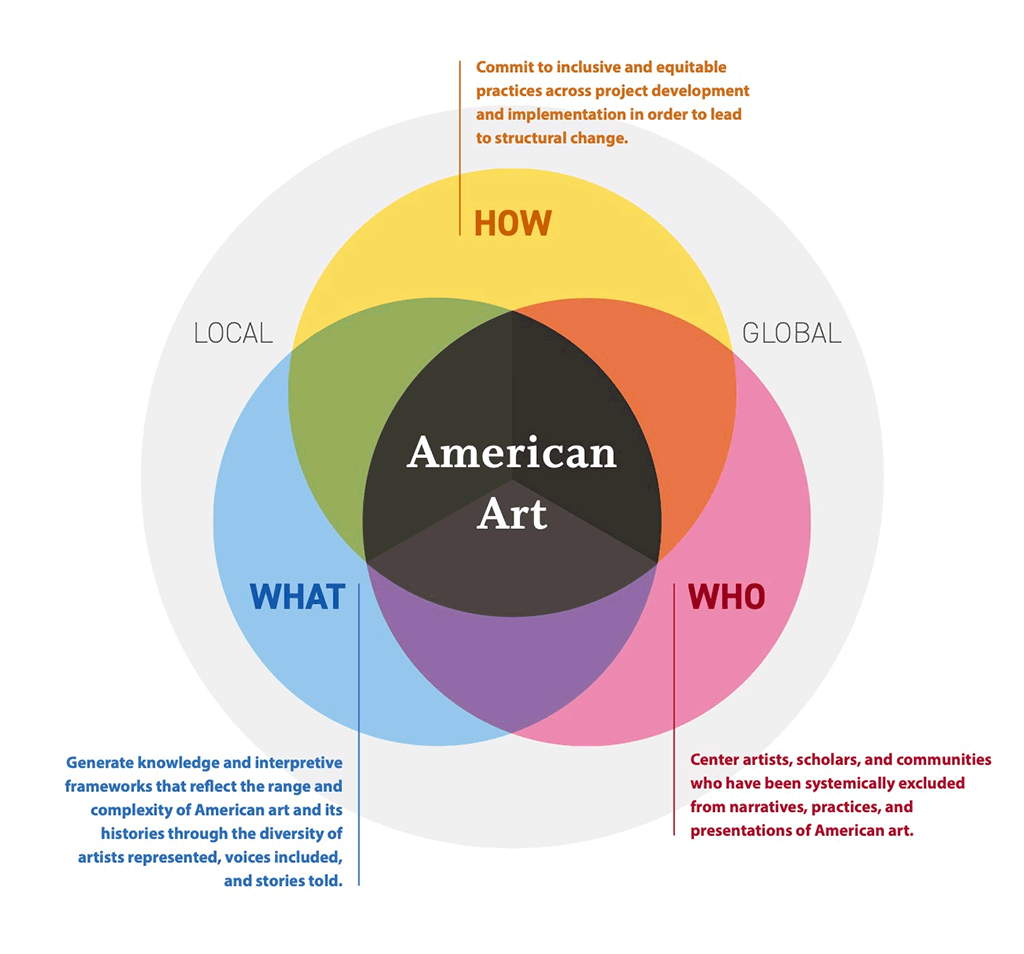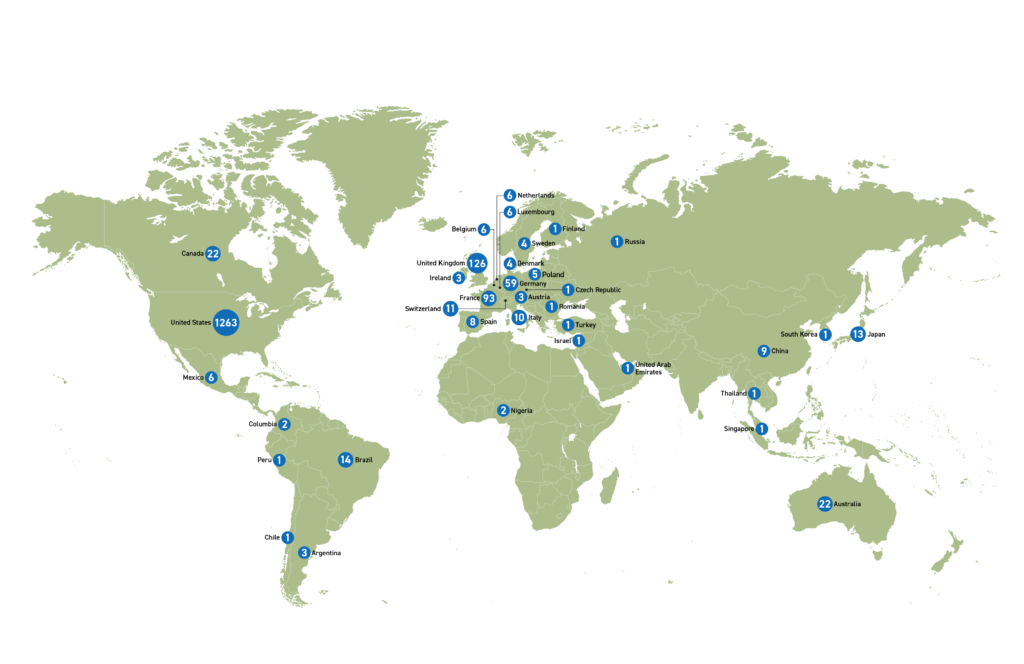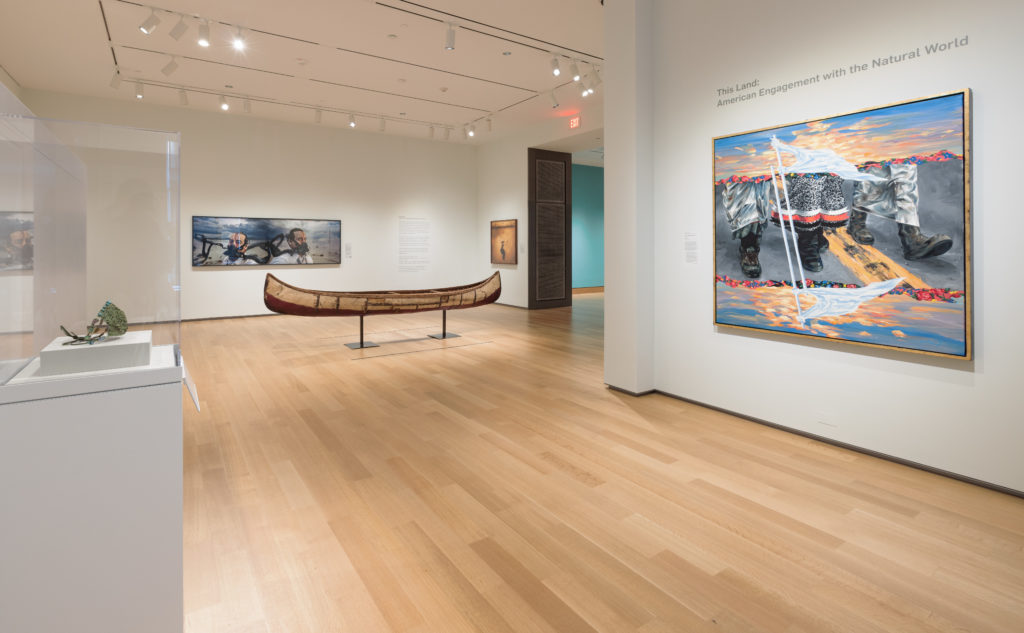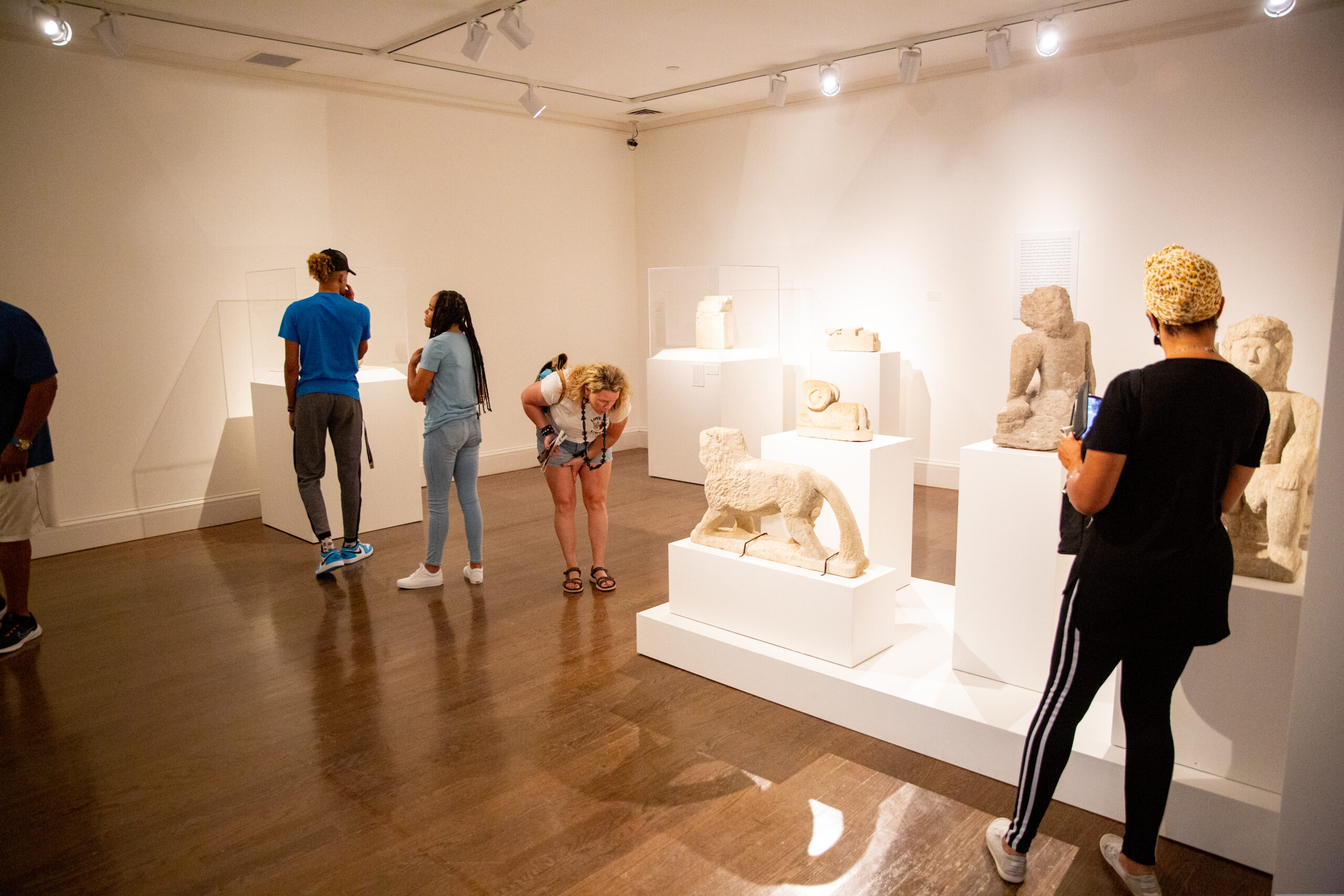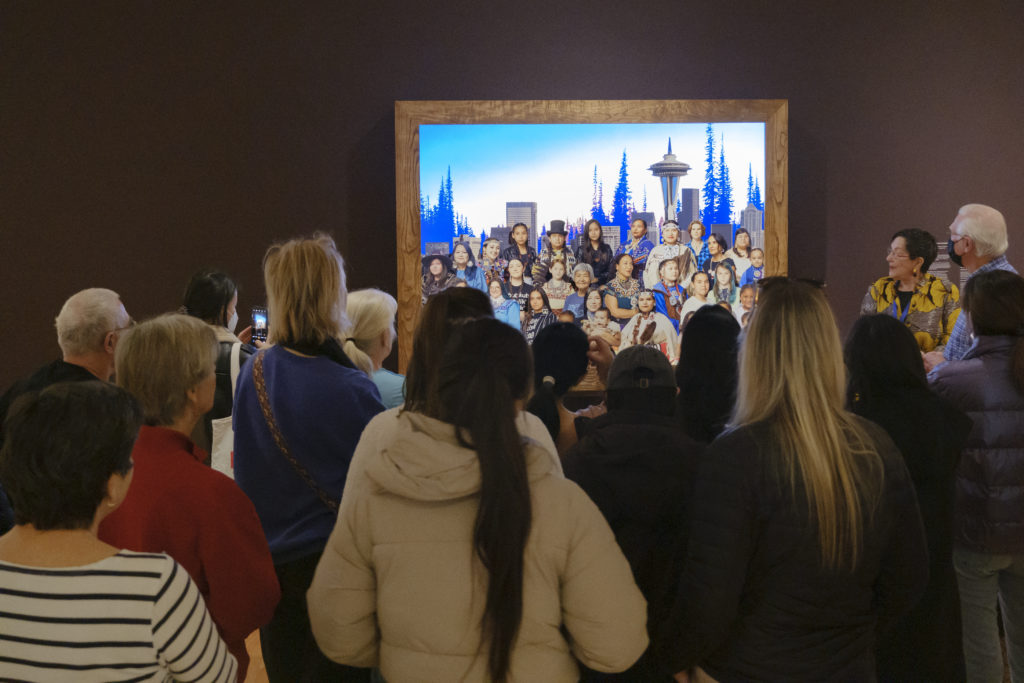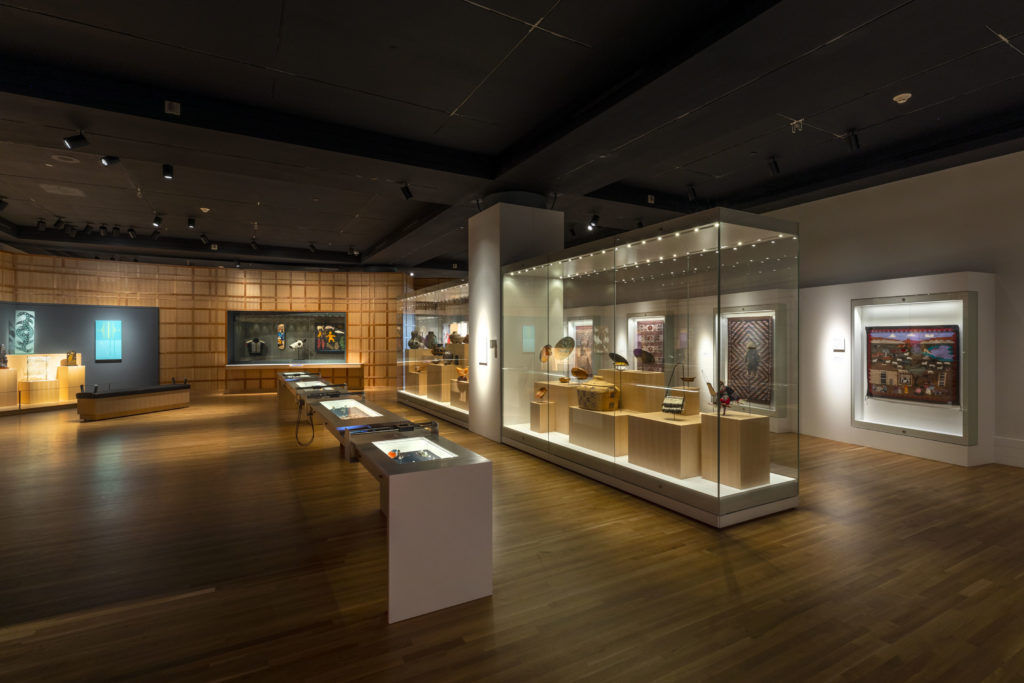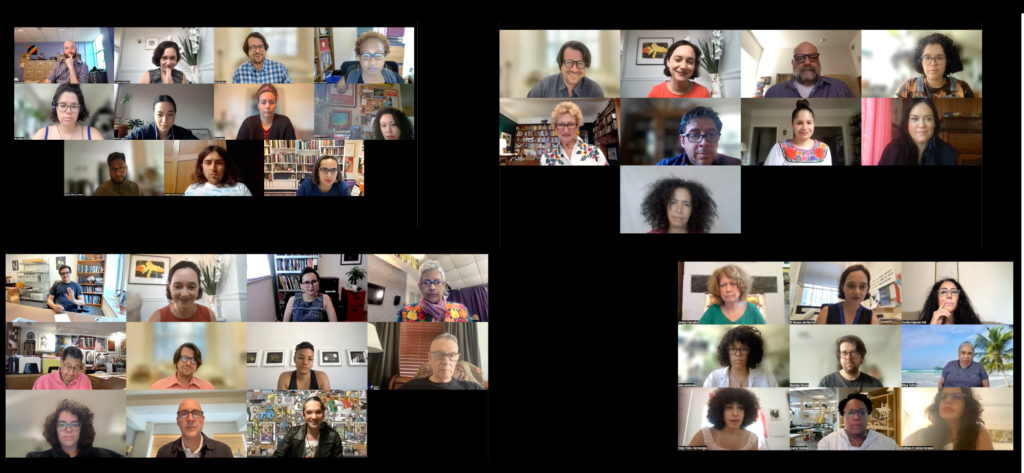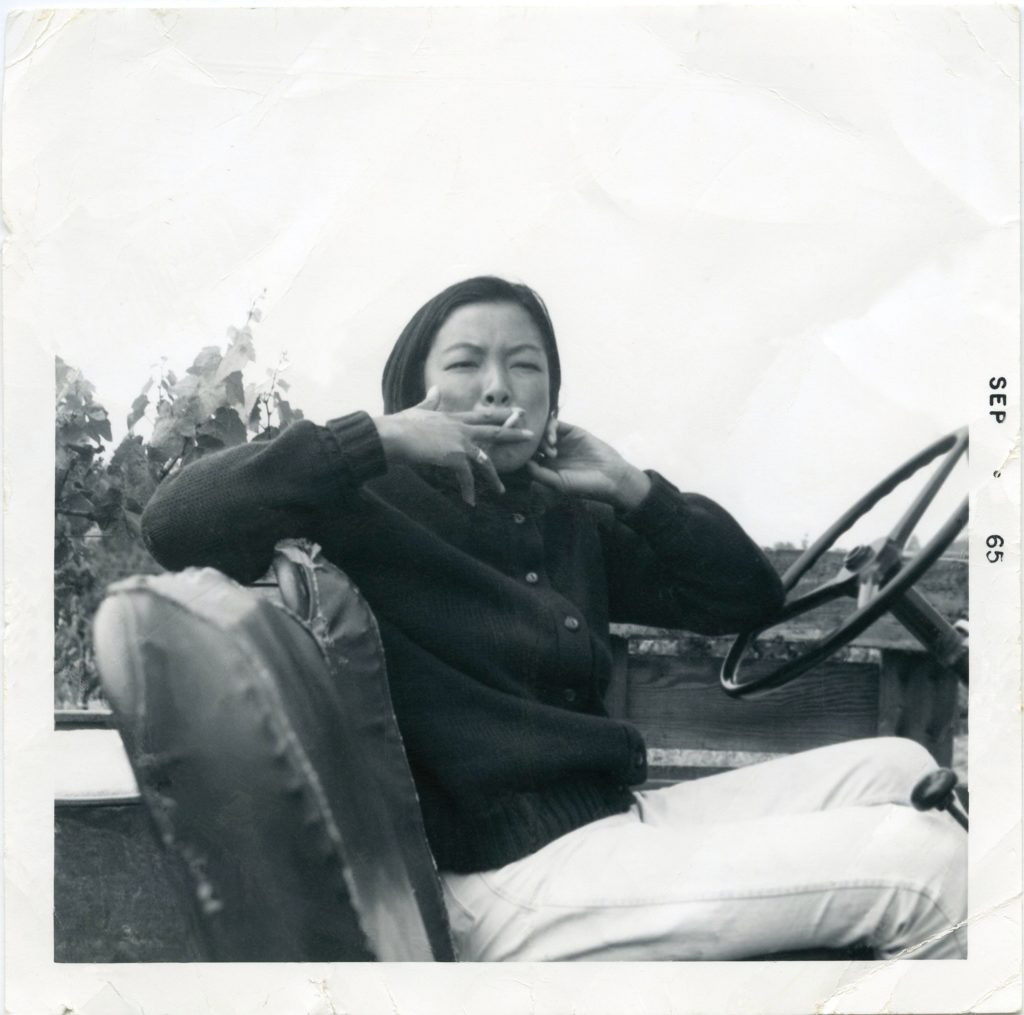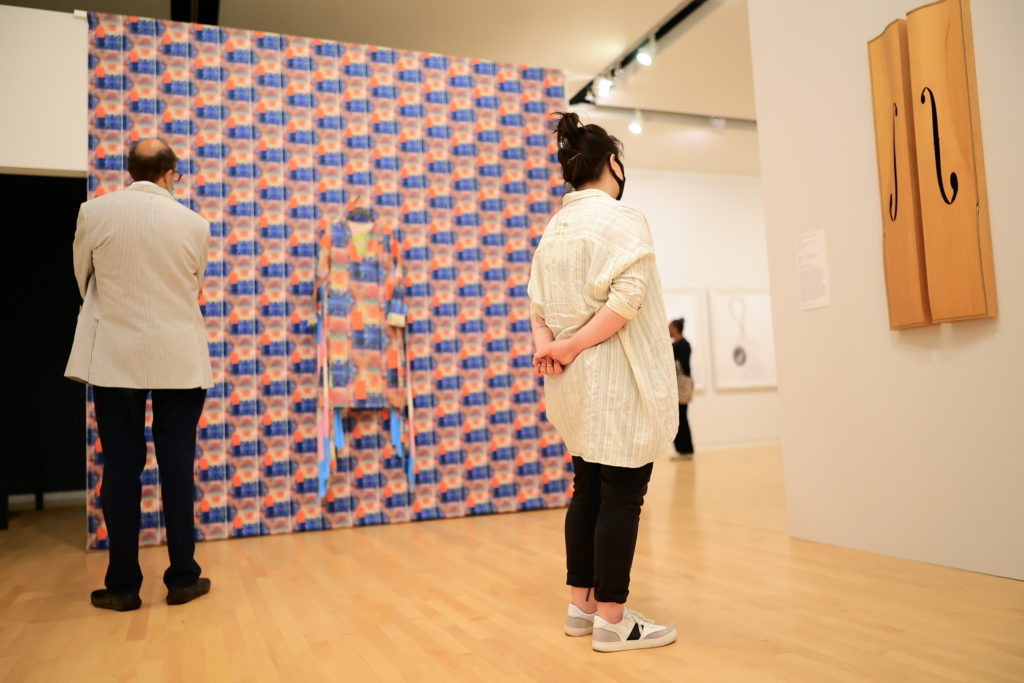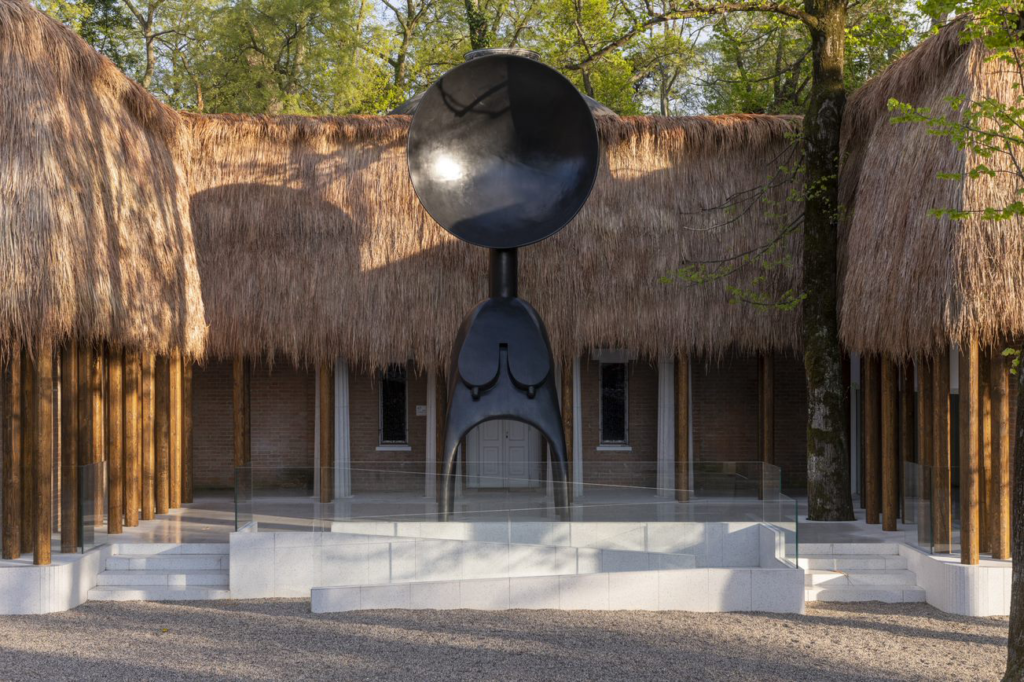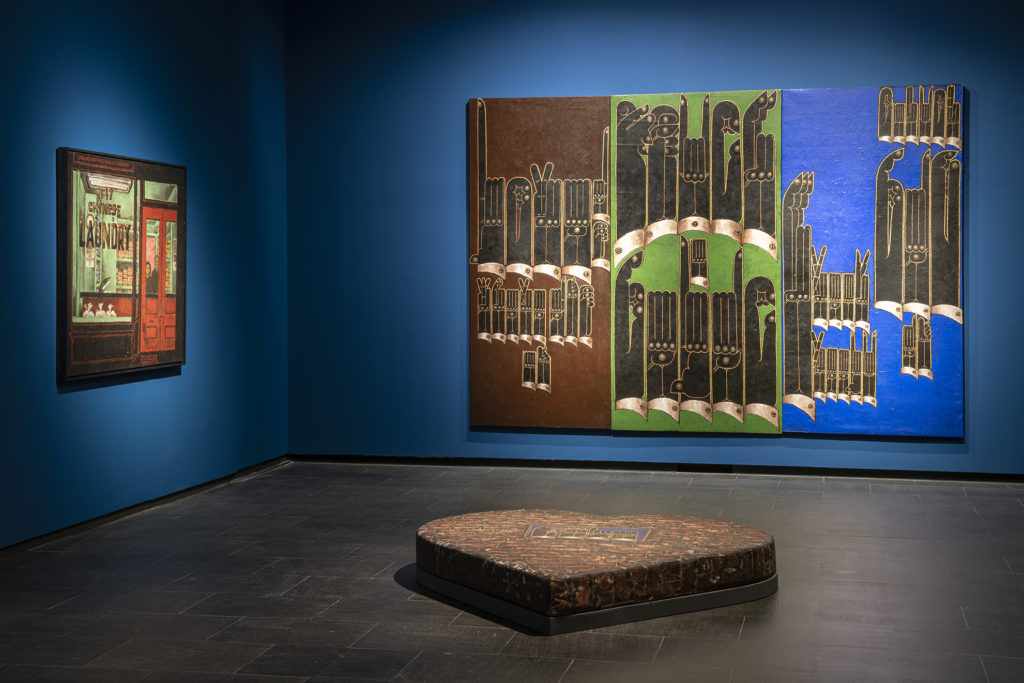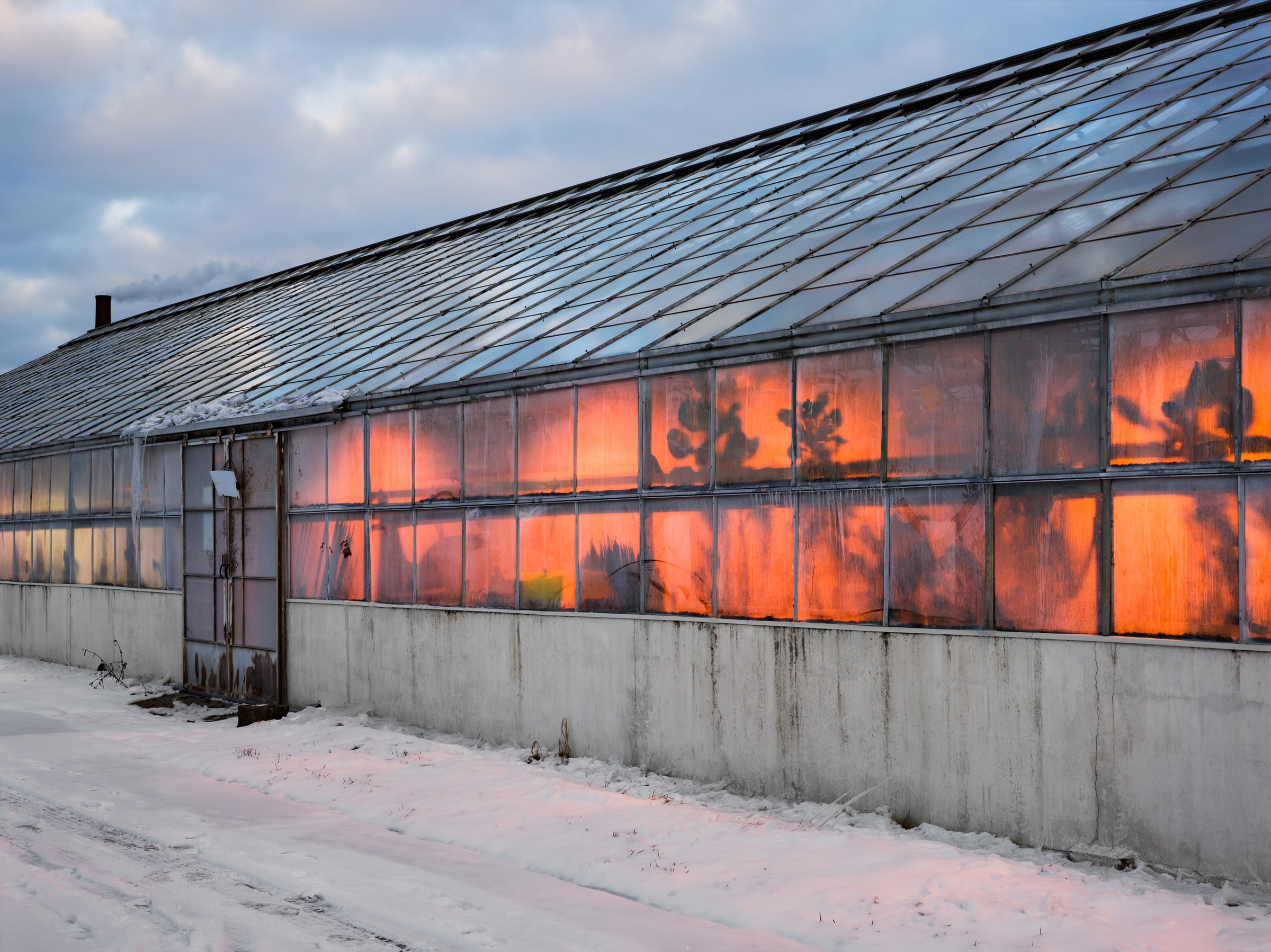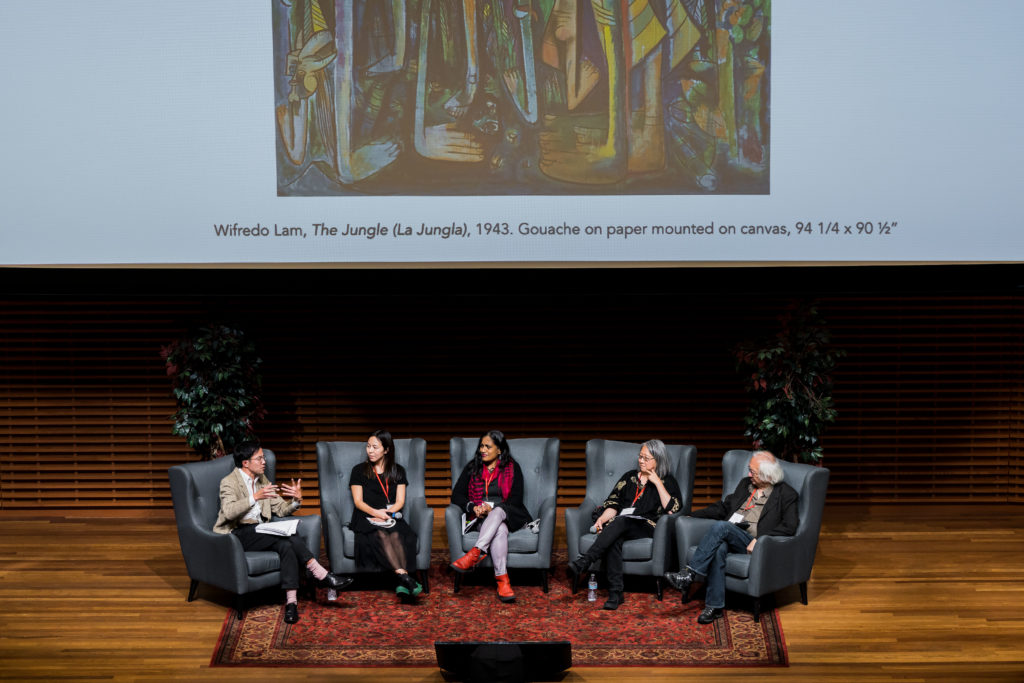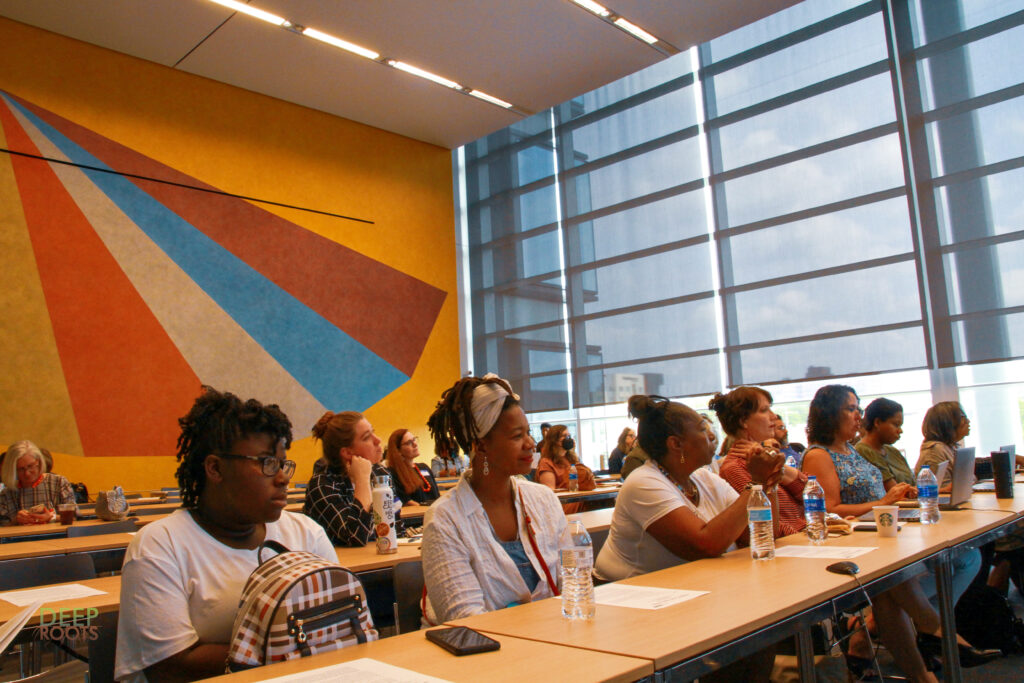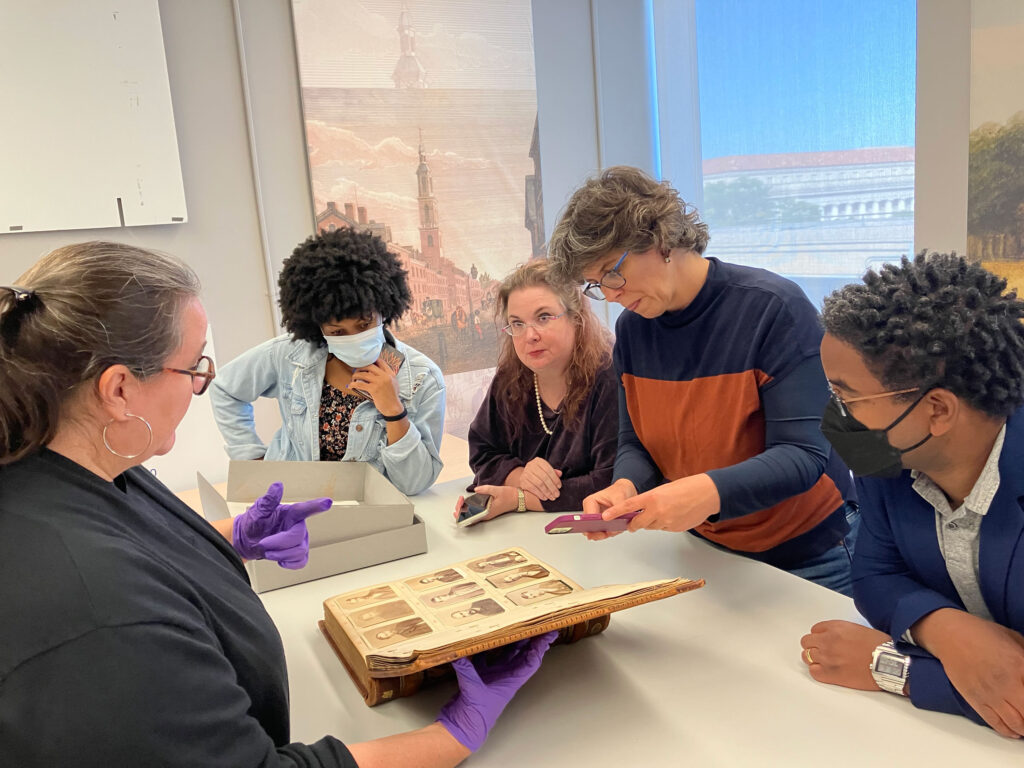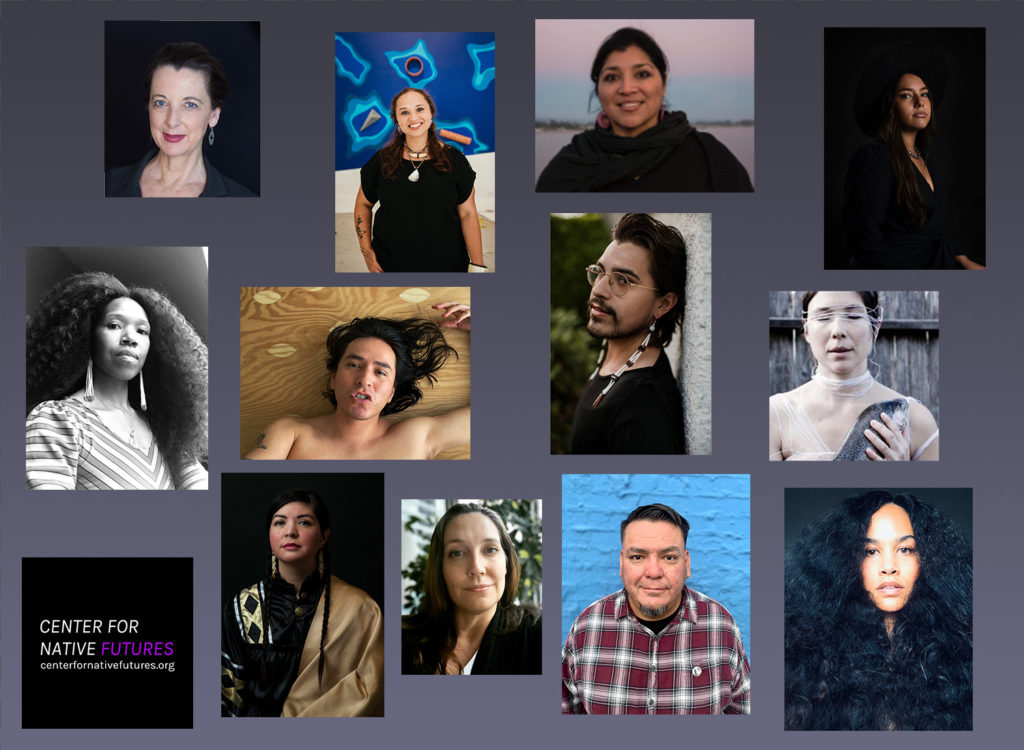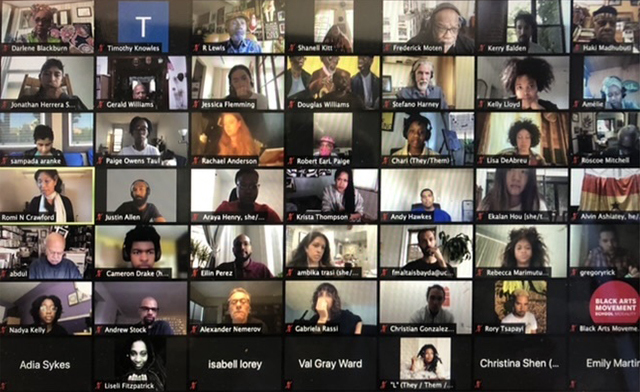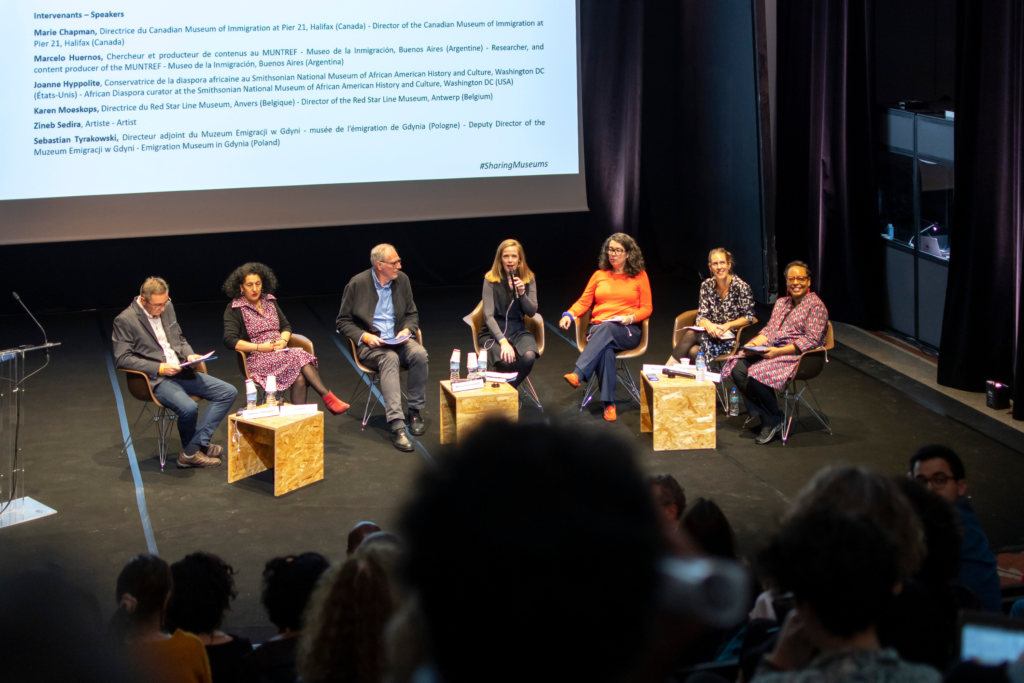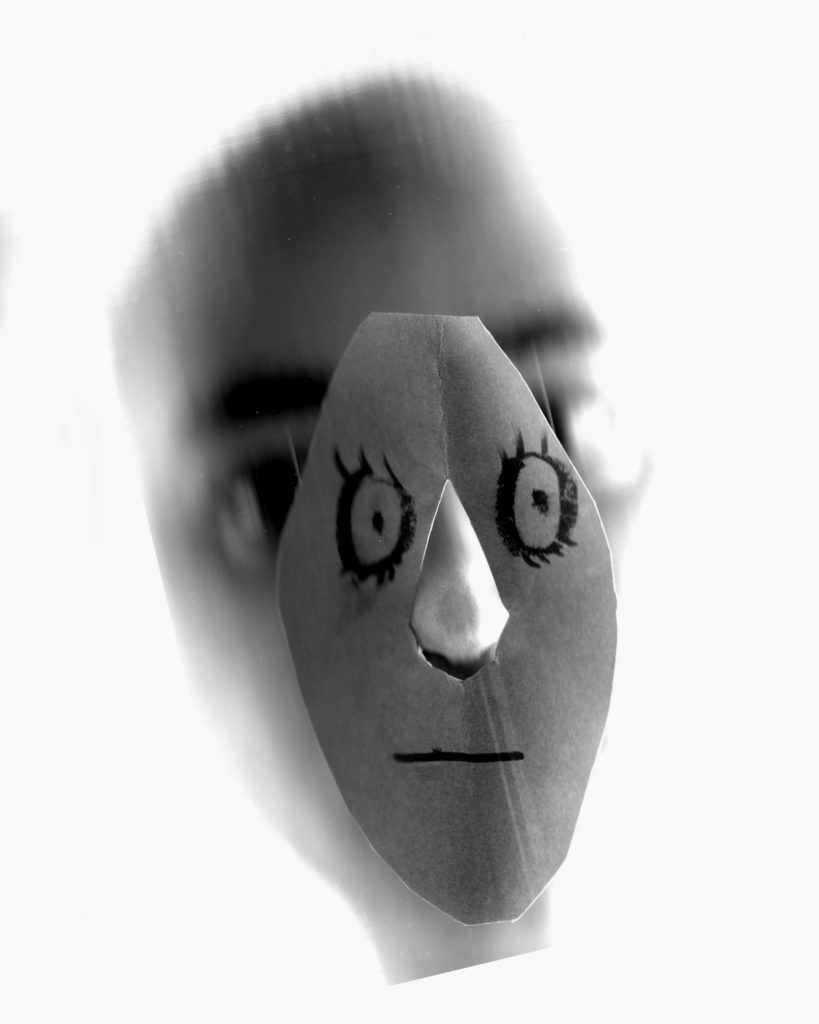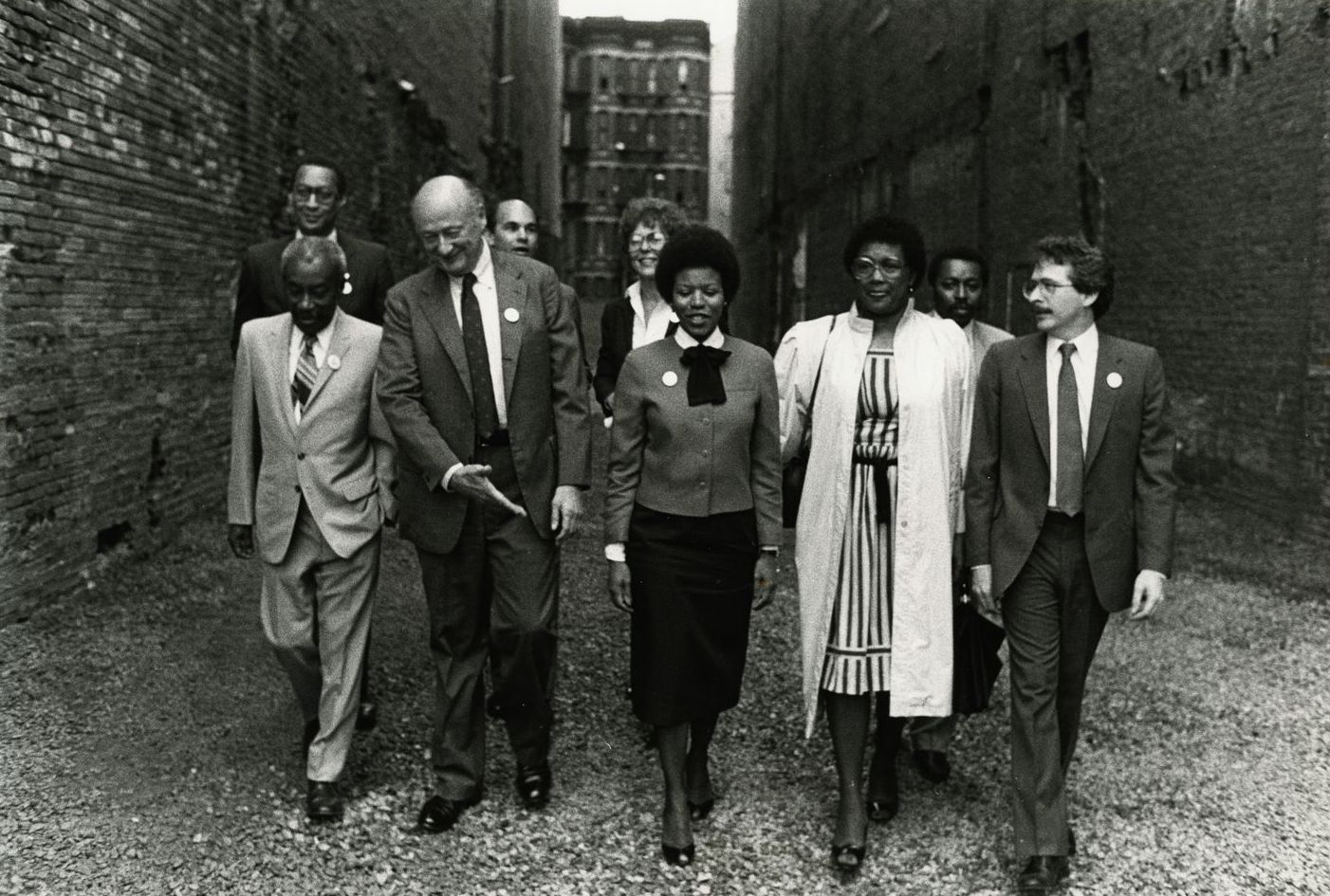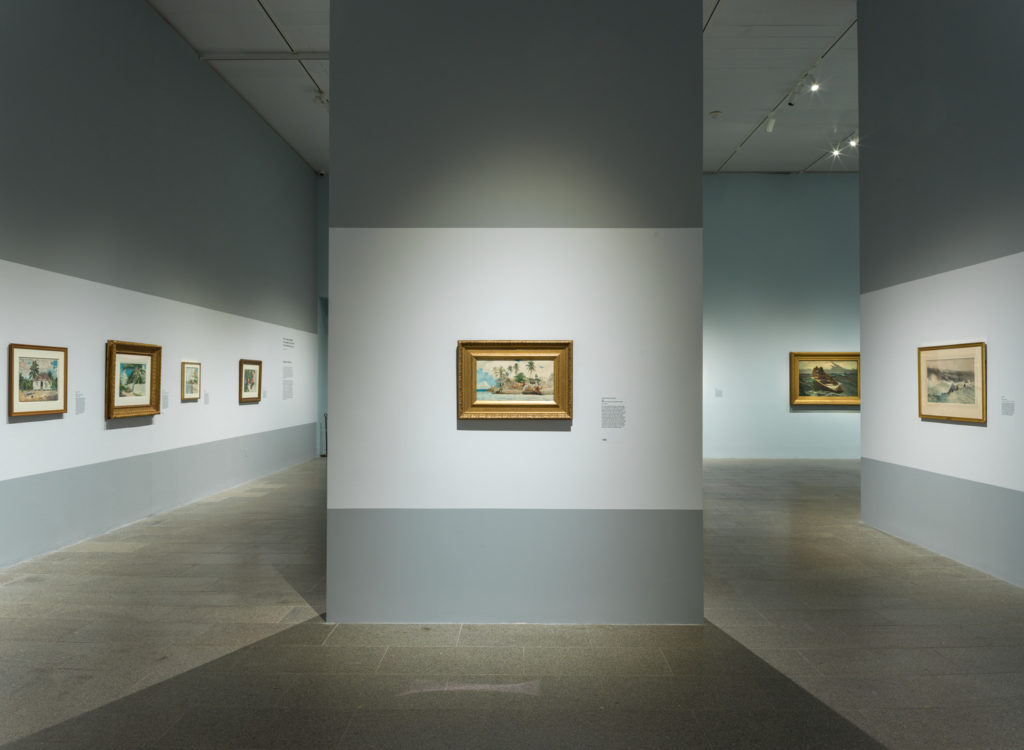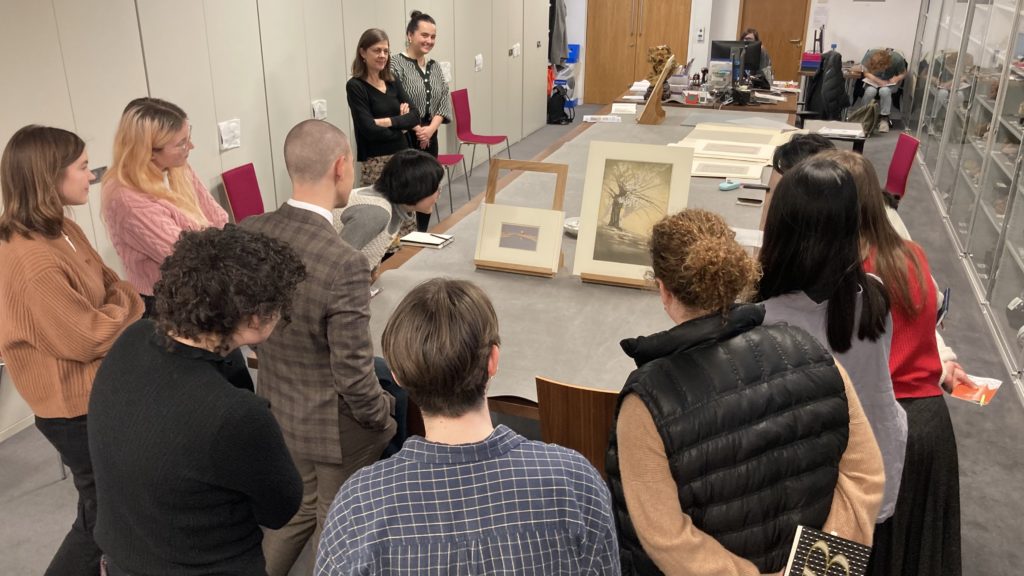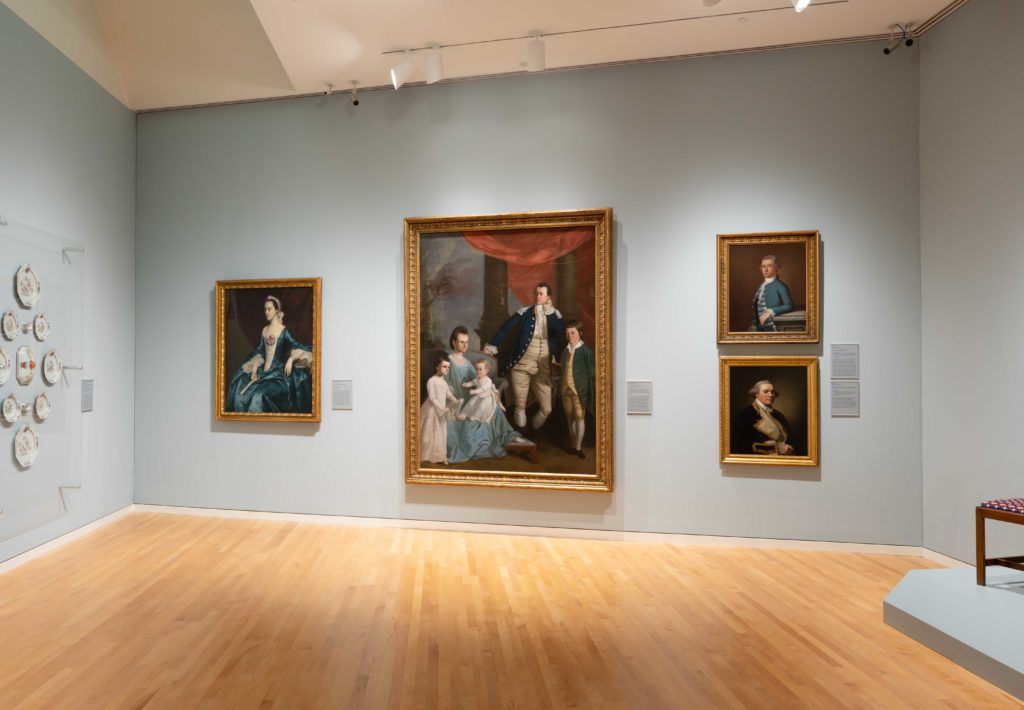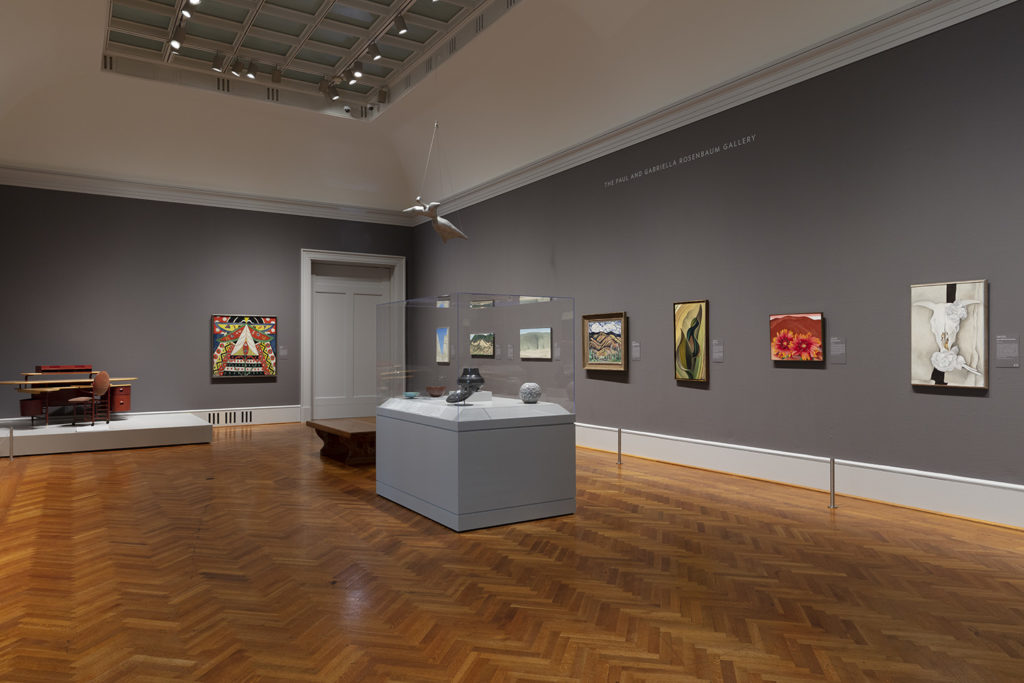Strategic Initiatives provide investment in organizations’ capacity building or support for programming efforts to address inequities in current and historical presentations and understandings of American art history. These grants often support programs or test new ideas that challenge the status quo and help reimagine the narratives, practices, and presentations of American art.
Palais de la Porte Dorée, Paris, France, “Sharing Museums,” $73,651
Sharing Museums, a conference held at Musée national de l’histoire de l’immigration Palais de la Porte Dorée in Paris, France, brought together museum directors, artists, thinkers, and journalists from countries around the globe for a conversation on diversity, migrations and diaspora, colonial history, and restitutions impacting museums and cultural organizations. The convening invited participants to offer insights on site-specific and shared experiences and to explore different methods, models, and practices that inform the field, allowing cultural institutions to engage with critical approaches and rethink their place and role in society.
“With Sharing Museums, we have collected and combined the views and practices of museums worldwide as they consider their societal role, focusing on three issues that are key to coexistence and remembrance: social cohesion, diversity, and relations between Western countries and former colonies. This international format allowed the sharing and contrasting of viewpoints and the mutual enrichment of the institutions’ practices with new ideas. The audience, composed of actors from the field of culture, students, academia and, more generally, members of the public interested in heritage issues, were given the opportunity to hear about current achievements that may serve as potential sources of inspiration for endeavors in France, and in other countries, since the presentations were available online and will be published. The project signals the institution’s commitment to fostering social cohesion and to work on an international level,” said Constance Rivière, Musée national de l’histoire de l’immigration – Aquarium tropical, and Sébastien Gökalp, Director, Musée national de l’histoire de l’immigration.

